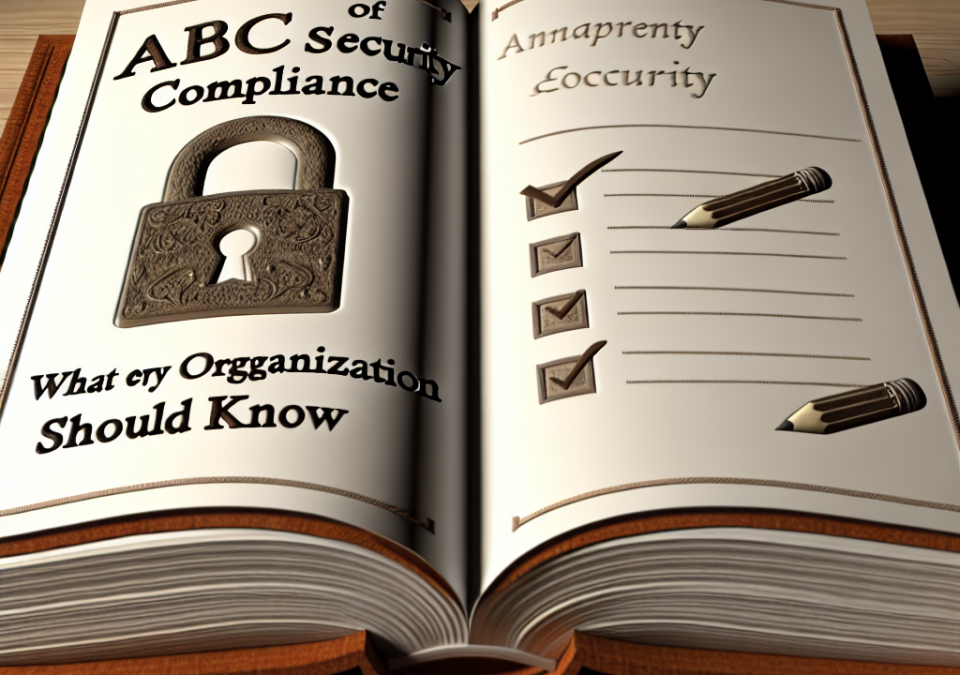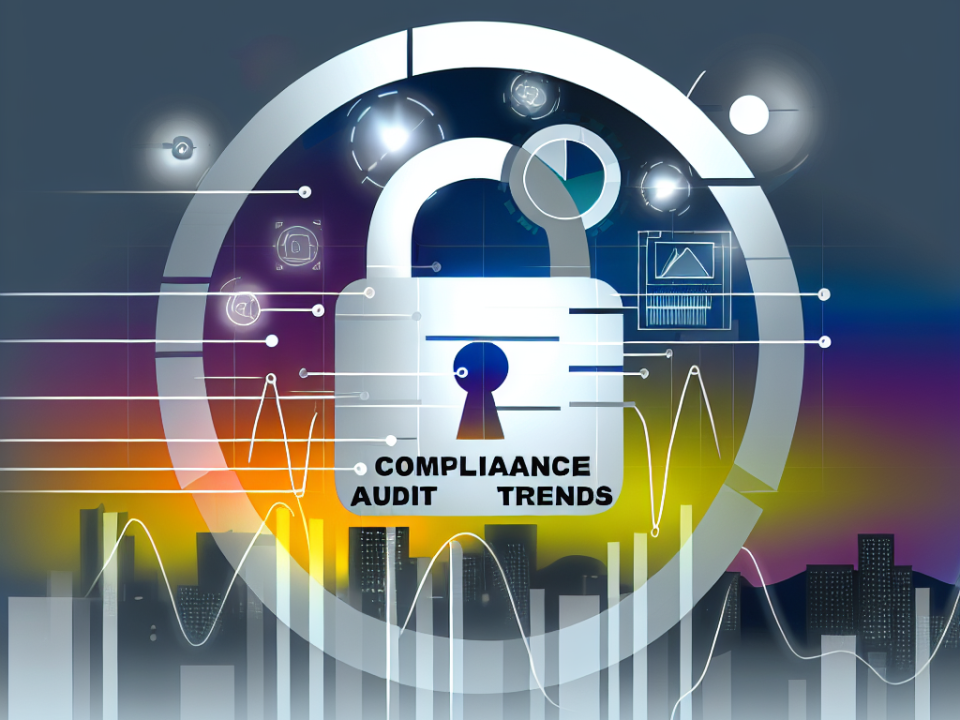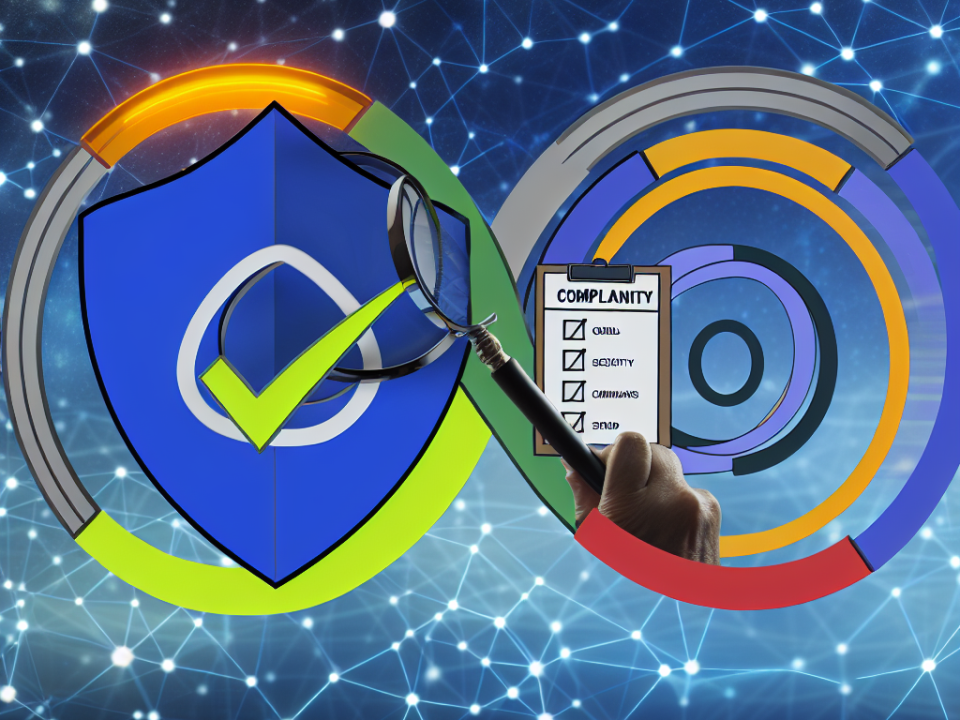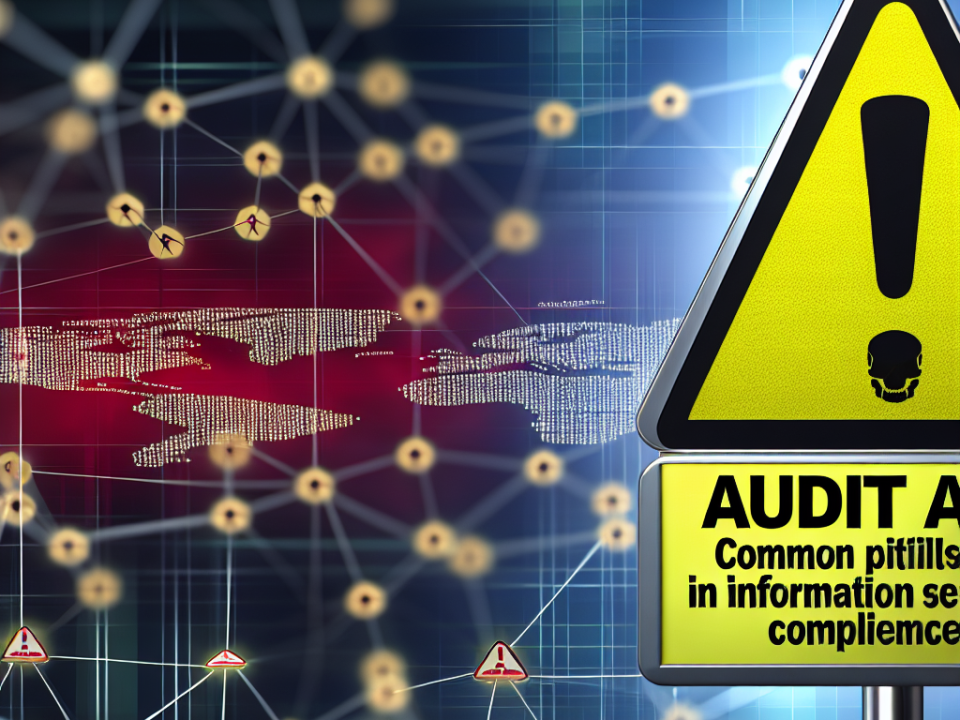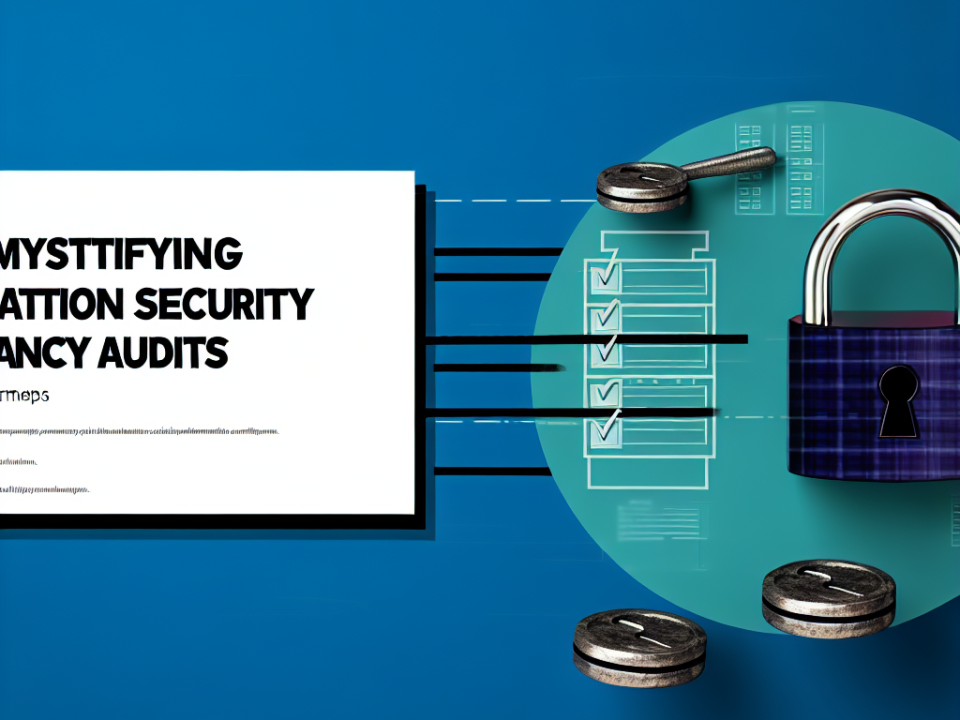
Feel free to modify or mix and match ideas to suit your audience!
July 20, 2025
Navigating Tomorrow: The Next Frontier in Cybersecurity Innovations
July 21, 2025
In today’s digital age, organizations face a multitude of security threats, ranging from data breaches to cyberattacks. To mitigate these risks, security compliance has become essential. Understanding the ABCs of security compliance is crucial for any organization, regardless of size or industry. This article aims to break down the basics of security compliance, covering key concepts and offering insights into best practices.
A: Awareness
The first step towards achieving security compliance is awareness. Organizations need to comprehend the various regulations and standards that apply to them. Regulations such as the General Data Protection Regulation (GDPR), Health Insurance Portability and Accountability Act (HIPAA), and Payment Card Industry Data Security Standard (PCI DSS) serve different industries and types of data.
Why Awareness Matters
- Risk Identification: Understanding relevant regulations helps organizations identify specific risks associated with their operations.
- Anticipating Changes: Compliance requirements often change. Keeping abreast of these changes helps organizations adjust their policies proactively.
B: Best Practices
Once an organization is aware of its compliance obligations, it can implement best practices. This involves creating a culture of security compliance throughout the organization.
Key Best Practices Include:
-
Regular Training: Educate employees about compliance requirements and security policies. Regular training sessions can help mitigate human error, which is often the weakest link in security.
-
Data Encryption: Protect sensitive data through encryption both at rest and in transit. This protects data from unauthorized access and ensures that even if a breach occurs, the data remains unreadable.
-
Access Control: Implement strict access controls to ensure that only authorized personnel can access sensitive information. This can include multi-factor authentication, role-based access controls, and regular audits.
- Incident Response Plans: Develop and maintain an incident response plan to quickly address security breaches or compliance failures. Regularly testing this plan can ensure preparedness.
C: Compliance Monitoring
Continuous compliance monitoring is essential for maintaining security standards and ensuring adherence to regulations.
How to Monitor Compliance
-
Regular Audits: Conduct internal and external audits regularly to assess compliance with established policies and regulations. Audits help identify gaps and areas for improvement.
-
Automated Tools: Use automated compliance monitoring tools to track policy adherence in real time. These tools can help detect anomalies and potential breaches promptly.
- Feedback Loops: Create mechanisms for employees to report suspicious activity anonymously. This encourages vigilance and can uncover potential compliance issues before they escalate.
D: Documentation
Documentation is a foundational element of security compliance. Organizations must keep detailed records of their compliance efforts, policies, training sessions, and incident responses.
Importance of Documentation
-
Accountability: Documentation provides a trail of accountability and can help organizations demonstrate compliance during audits.
- Learning Tool: Maintaining records allows organizations to analyze past incidents and refine their security policies effectively.
E: Engaging Leadership
Engagement from leadership is crucial for fostering a culture of compliance. When leaders prioritize security compliance, it sends a clear message throughout the organization that security is everyone’s responsibility.
Leadership Actions to Support Compliance
-
Resource Allocation: Ensure that adequate resources, including budget and personnel, are allocated towards compliance initiatives.
- Set the Tone: Leaders should embody the principles of security compliance and encourage open communication about security issues.
Conclusion
Security compliance is no longer a choice; it is a necessity. By understanding the ABCs of security compliance—Awareness, Best Practices, Monitoring, Documentation, and Leadership Engagement—organizations can create a robust security culture that helps mitigate risks associated with modern-day threats. As regulations evolve and cyber threats become more sophisticated, organizations must remain vigilant and adaptable to maintain compliance and protect their assets.
Staying informed and proactive not only ensures regulatory adherence but also builds trust with customers and stakeholders, ultimately contributing to the organization’s long-term success.

